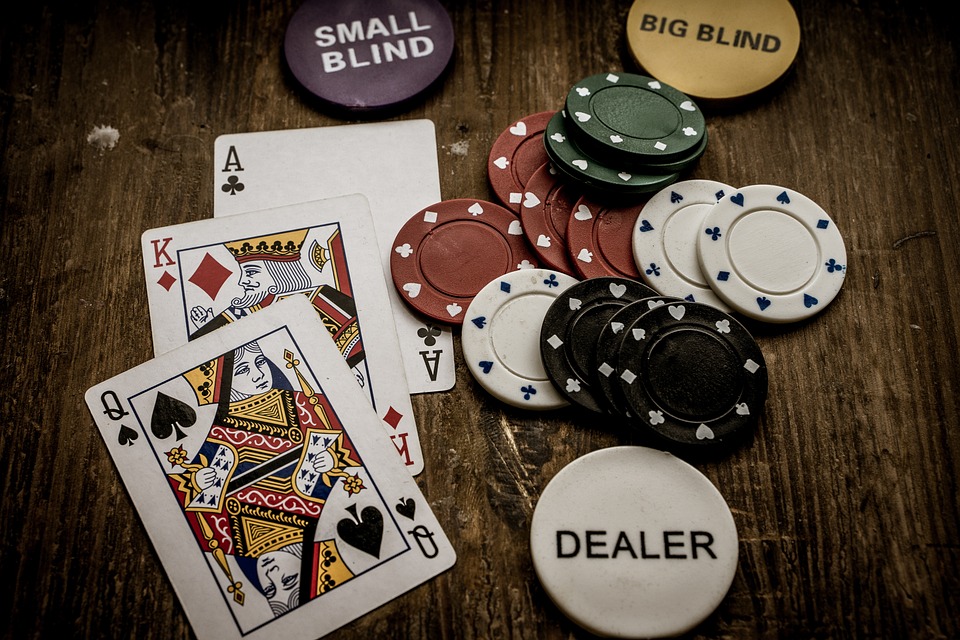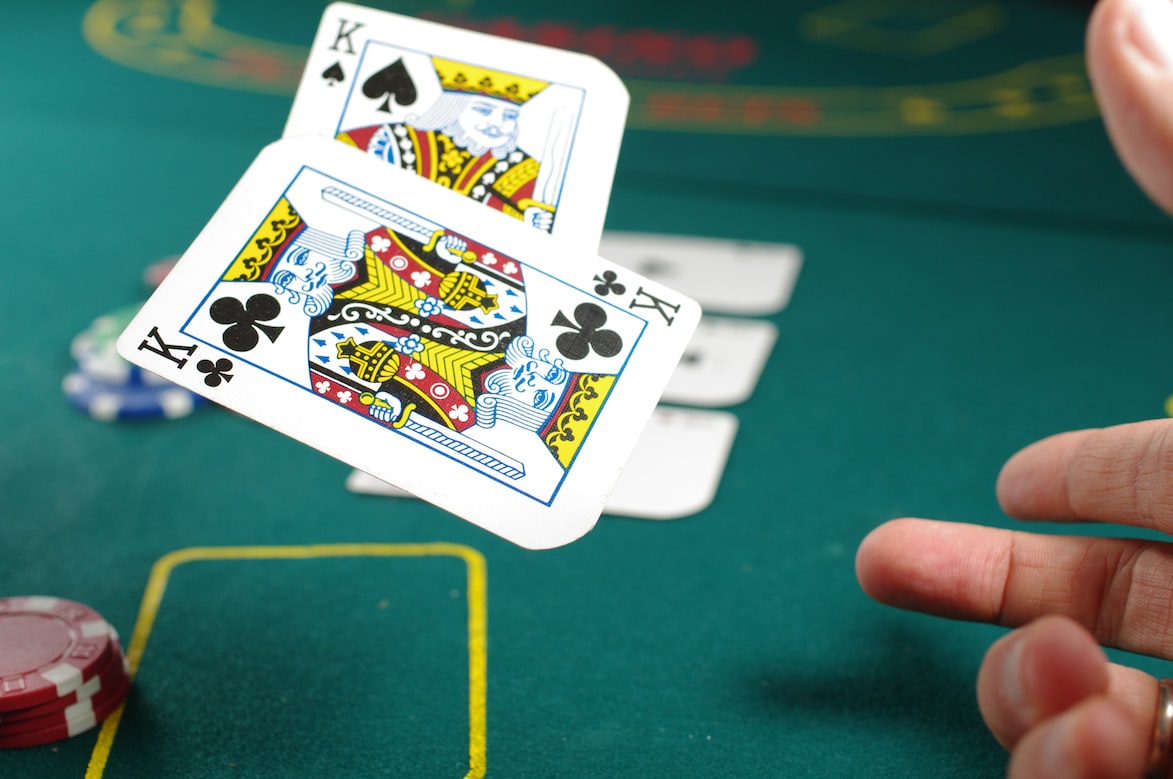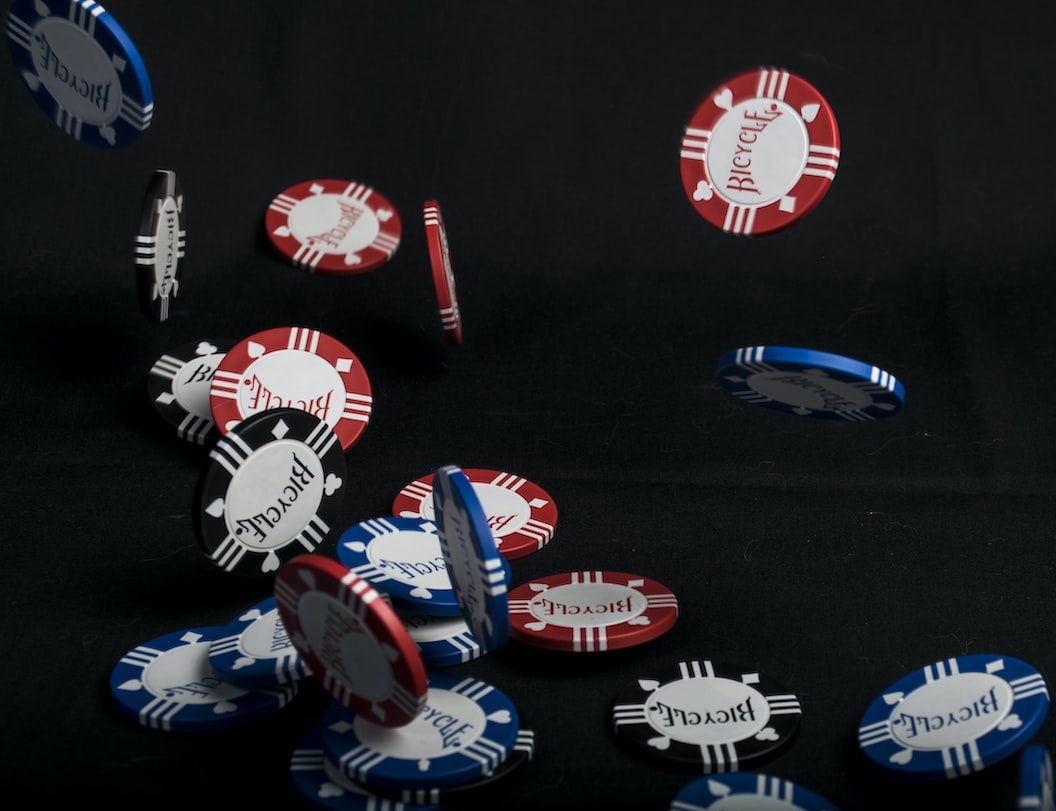
Poker is one of the biggest games in the world for several reasons. For one, it’s a game of skill. Sure, there’s an element of chance involved, but the better you read people and understand the odds, the more likely you will come out ahead. That’s why poker has produced some of the sharpest minds in the world; it requires players to think on their feet and make quick decisions. It’s also a game that anyone can learn. For simple variants like Texas Holdem, there aren’t any complicated rules or jargon to memorize; you need a basic understanding of numbers and probability, and you’re good to go. Finally, poker is a game that transcends age, gender, and race. It doesn’t matter who you are or where you come from; if you’ve got courage and skill, you’re welcome at the poker table. For all these reasons, there’s no denying that poker is one of the biggest games in the world.
Saying poker is a game of skill is an understatement. It is a game of endless strategic possibilities. There are countless ways to approach the game, and no single strategy is guaranteed to work in all situations. This massive strategic depth is one of the things that makes poker so fascinating and addictive. It’s also what makes it so challenging to master. Even experienced players can find themselves making bad choices from time to time. The key to poker success is constantly learning and adjusting your strategy as you go. You can give yourself a significant advantage over your opponents by constantly refining your understanding of the game. This guide will help you adapt your strategy to your different poker hands in order to win.

Poker hand terminology
If you’re new to poker, there are a few terms you should become familiar with before sitting down at the table. “Suited connectors” refer to two cards next to each other in rank and of the same suit. For example, if you have the seven of spades and the eight of spades, you have suited connectors. “Draws” refer to a hand that has the potential to improve with future cards. For example, if you have the nine of clubs and the 10 of hearts on a flop of jack, queen, and four, you have a straight draw. Getting an eight or a king will give you a straight, “completing” your draw. Finally, “pocket pairs” refer to a pair made exclusively with your hole cards, the two cards you get at the beginning of the game. Pocket pairs are the best starting hands in poker, providing guaranteed value regardless of the flop.
The three types of hands
In poker, there are different kinds of hands. One kind is the aforementioned drawing hand, which has the potential to become a monster hand but is incredibly situational. Another kind is the strong but vulnerable pre-flop hand like pocket aces. These hands are more reliable than the rest but aren’t guaranteed to win since they could get beaten by completed draws. Finally, there is “air,” a hand not even worth playing. Air has no potential to improve and is unlikely to win even on boards with no chance of someone having a monster hand. Hands like 2-7 offsuit are the perfect examples of air, as they are low-ranked and have minimal potential for any five-card combos like flushes or straights.

Playing pocket pairs
Many people think that pocket pairs are the best hands to play in poker because they require less nuance than drawing hands. However, you need to know how to maximize the value you get from them. The best way to do so is by aggressively betting. There are several reasons why this is the case. First, betting allows you to build a pot, which gives you a better chance of winning when you hit your hand. Second, it puts pressure on your opponents, forcing them to fold even if they have a good hand. Finally, it dissuades your opponents from playing drawing hands, which could beat you depending on the flop. The last thing you want is for your opponent to see the following cards for free, so betting big will make it harder for them to continue with their draw.
Playing drawing hands
Drawing hands are a tricky subject in poker. There are no clear rules about when to commit to a drawing hand, but you should try semi-bluffs and using pot odds. A semi-bluff is when you use your drawing hand as a bluff instead of playing passively with checks and calls. This is more effective than a regular bluff because you can fall back on your chances of hitting your draw if your opponent doesn’t fold. Pot odds are a mathematical technique in poker you can use to calculate whether calling a bet with a drawing hand is worth it in the long run. We won’t go into detail about them here, but don’t worry; there are plenty of online resources to help you, as poker math isn’t too complicated.
What to do with air
Air can be a confusing topic for poker players. What counts as air? Should I play it? The answer to those two questions is as follows. What counts as air is entirely up to you, as every player has a different amount of poker hands they consider playable. A helpful thing to understand is that the number of hands you can play is affected by your position, the game type you’re playing, and of course, your play style. As for what you do with air, you have two options: folding or bluffing. Folding is generally the best option, but be careful not to rely on it too often. Bluffing is more situational but can work well after observing and analyzing your opponents.

In the end, you make your own decisions
So, there you have it. Remember, every poker player has a different playstyle, and in the end, it’s up to you to decide how you want to play. You’ll improve in no time through regular online poker gameplay and utilizing countless resources about poker on the web.
 Skip to content
Skip to content





